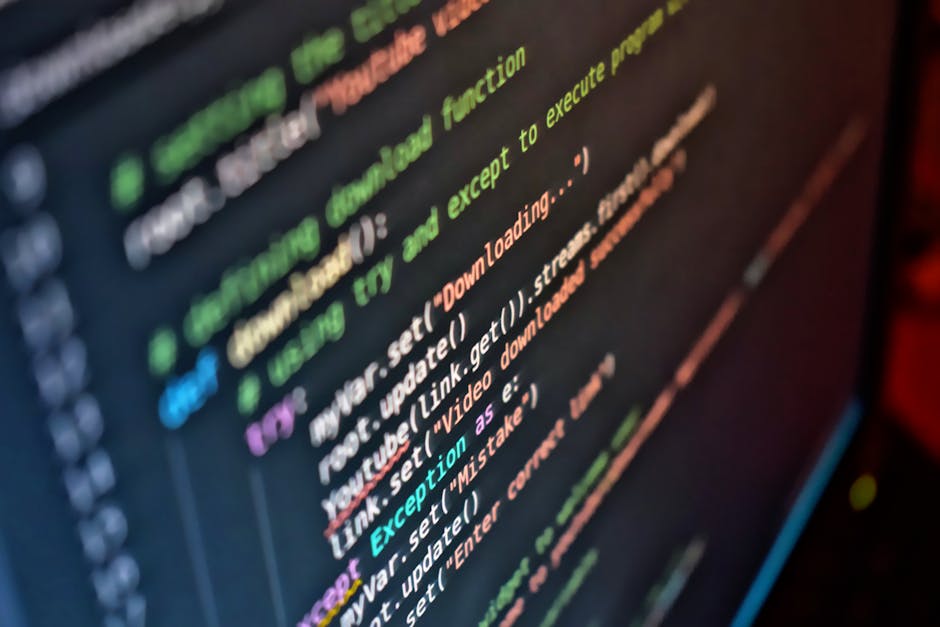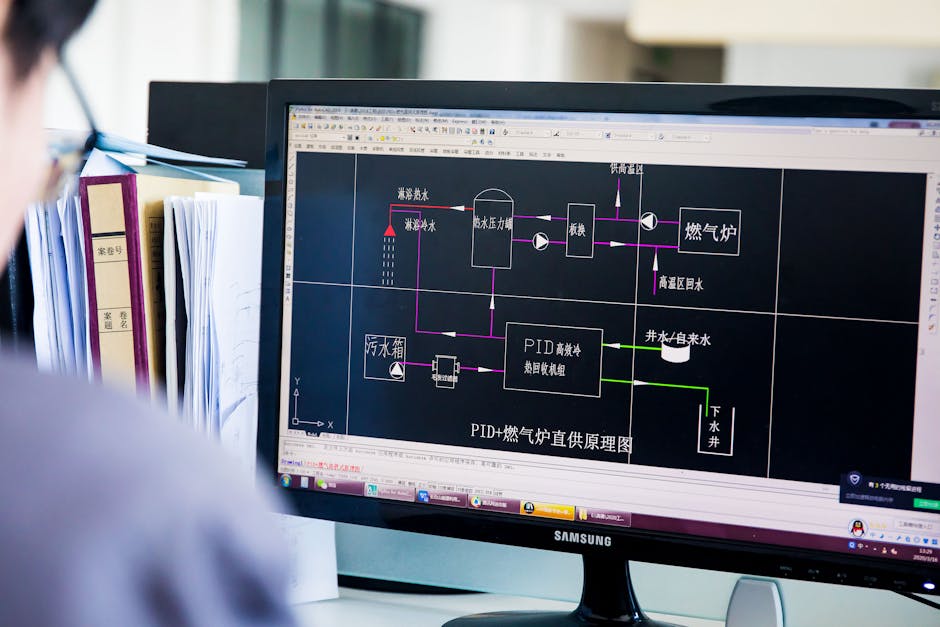That black box with the blinking cursor. You’ve seen it, maybe you opened it by accident and closed it real fast. It’s the Command Prompt, or CMD, and a lot of people think it’s some old relic from the past. But for 2025, it’s still one of the handiest tools built right into windows. It is the case that learning a few simple commands can save you a ton of time and make you feel like a real power user. Forget clicking through endless menus and settings windows. We’re going to look at some command prompt commands that are actually useful for everyday stuff, not just for super technical people.
The Absolute Basics: Getting Your Bearings
Before you can do anything cool you have to know how to walk. In the Command Prompt, that means moving around and seeing what’s where. These are the first things anyone learns.
cd – Change Directory
This is your main navigation tool. cd stands for “change directory,” and a directory is just what CMD calls a folder. So if you want to go to your Downloads folder, you would normally type cd Downloads. It’s that simple. To go back up one level, you type cd.. with two dots. It’s a little weird at first but you get used to it fast. This is the command you’ll use more than any other probably.
dir – See What’s Inside
Okay so you’ve moved into a folder. Now what? The dir command shows you everything inside your current location. It lists all the files and other folders. It also gives you some extra info like the date the file was made and its size. It’s just a quick way to see the contents of a folder without opening File Explorer.
cls – Clean Up the Mess
After you run a few commands your screen can get pretty cluttered. The cls command is super simple. It just clears the screen. It wipes everything away and gives you a fresh, clean prompt at the top. It doesn’t delete anything, it just cleans up your view which is nice.
Managing Files and Folders Like a Pro
Now for some more active stuff. Instead of just looking around, these commands let you make changes. You can create folders, move files, and get rid of things you don’t need anymore.
You can do all this in Windows with your mouse but sometimes it’s way faster to just type a command. Especially if you’re working with a bunch of files.
mkdir – Make a New Directory
Need a new folder for a project? Just type mkdir NewProject. That command makes a new directory (folder) named “NewProject” right where you are. You could even do mkdir "Project for 2025" if you need spaces in the name, just put it in quotes. It’s a lot quicker than right-click, new, folder, then typing the name.
copy & move – Your digital Moving Van
These two do what you’d expect. copy makes a duplicate of a file and puts it somewhere else. The command looks something like copy document.txt C:\Users\YourName\desktop. The original file stays put.
move is different it picks up the file and moves it to the new spot. The original is gone. So move document.txt C:\Users\YourName\Desktop would take the document and place it on your desktop, removing it from the starting folder.
del – Getting Rid of Stuff
The del command deletes files. Be a little careful with this one, you know? When you delete a file with del, it doesn’t go to the Recycle Bin. It’s generally just gone. So make sure you really want to get rid of it before you type del old-report.docx and hit Enter.
Super Useful Networking Commands
This is where the Command Prompt really shows its power. When your internet is acting weird, these commands can tell you what’s going on. They are better than just guessing or restarting your router for the tenth time.
ipconfig – Your Network ID
If you ever need to know your computer’s IP address, ipconfig is your best friend. Just typing it gives you the basic info. But the real good stuff comes when you type ipconfig /all. This command spews out a ton of information about all your network connections, from your Wi-Fi to your Ethernet port.
ping – Are We There Yet?
Is a website down or is it just your internet? The ping command sends a small packet of data to a web address and sees how long it takes to get a response. If you type ping google.com and get replies, you know your connection is working and Google is online. If you get a “Request timed out” message, something is wrong somewhere.
tracert – Mapping the Journey
This one is a bit more advanced. tracert, which stands for trace route, shows you the path your data takes to get to a destination. When you type tracert google.com, it lists every “hop” or server your connection goes through. If you’re having connection issues, you can sometimes see where the problem is along the route.
System Health and Task Management
The Command Prompt isn’t just for files and internet stuff. It can also give you deep information about your computer and even help you fix it when things go wrong. These commands are really good to have in your back pocket.
sfc /scannow – The Windows Fix-It Tool
Is Windows acting strange? Are programs crashing? Before you do anything drastic, open Command Prompt as an administrator and run sfc /scannow. This command is considered to be a built-in tool that checks all your protected system files, and if it finds any that are corrupted or missing, it tries to fix them. It can take a while to run, but it can solve some really weird problems.
systeminfo – Everything About Your PC
The systeminfo command does exactly what it sounds like. It gives you a huge list of details about your computer. It tells you the exact version of Windows you have, how much RAM is installed, your processor type, and when the system was first set up. It’s a quick way to get all your PC’s specs in one place.
tasklist & taskkill – Managing Processes
Ever had a program freeze and the Task Manager won’t even open? tasklist will show you a complete list of every single process running on your computer from the command line. You can then use taskkill /IM program.exe /F to forcefully shut down that frozen application. The /F part means force, so it just ends it no questions asked.
Frequently Asked Questions about CMD
1. What exactly is the Command Prompt?
Basically, it’s a way to talk to your computer directly using text commands instead of clicking on icons. It’s been a part of Windows forever and gives you direct control over the operating system.
2. How do I open Command Prompt?
The easiest way is to hit the Windows key, type “cmd,” and then press Enter. For some commands like sfc /scannow, you’ll need to right-click it and choose “Run as administrator.”
3. Can CMD commands damage my computer?
Mostly, no. The commands listed here are safe for looking at information or managing your own files. You have to be intentionally destructive, like using del on important system files, to cause real problems. Just be mindful of what you’re deleting.
4. What is the difference between cd.. and cd \?
This is a common point of confusion. cd.. (with two dots) moves you up one folder level. cd \ (with a backslash) takes you all the way back to the root of the drive, like C:\.
5. Is PowerShell better than Command Prompt?
For most day-to-day users, they can do many of the same things. PowerShell is newer and a lot more powerful for scripting and automation, but for the basic commands we talked about here, Command Prompt is perfectly fine and maybe a little simpler to start with.
Key Takeaways
The Command Prompt is still a very relevant and fast tool in 2025 for managing your Windows PC.
Basic navigation commands like cd and dir are the foundation for everything else you do.
You can manage files and folders with commands like mkdir, copy, move, and del often faster than using the mouse.
Networking tools like ipconfig and ping are great for figuring out connection problems.
System commands like sfc /scannow can help you repair Windows when it’s acting up.



